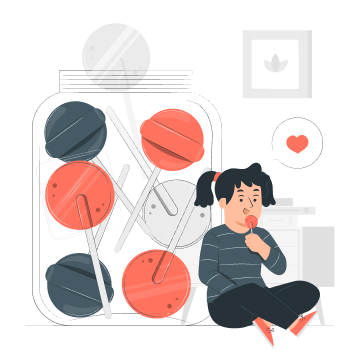
Задача по теме: "Понимание в прочитанном тексте запрашиваемой информации"
13. Marie Curie
Marie Curie
The woman who became the famous ‘Madame Marie Curie’ was named Maria Sklodowska at birth. Maria was born in 1867 in Warsaw, Poland. She was brought up in a middle-income but very well-educated family.
It was not typical for women at that time, but Maria took a great interest in Chemistry and Biology. Since opportunities in Poland for further education were limited, Maria went to Paris. Maria Sklodowska left behind not only her beloved family and her country but her very name. She registered at the famous Sorbonne University, Paris, as Marie, the French equivalent of Maria.
For obvious reasons, Marie was not as well prepared as her fellow students. Nevertheless, through hard work she completed master’s degrees in both Physics and Maths in only three years. After graduating from university Marie started her studies on radioactivity. In 1898, this led to the discovery of two new chemical elements, one of which she named polonium*, after her home country. Then four years of extensive research into the properties of radium followed. The discovery of radium greatly influenced the further development of physics and chemistry.
It was in Paris, that she met Pierre Curie, a well-known chemist, who had conducted many experiments on crystals. Pierre fell in love with young Marie and asked her to marry him. The two scientists became inseparable, until Pierre’s death in a road accident.
Due to Marie and Pierre Curie’s research, the science of radiation was able to develop. The couple investigated the ability of radium to burn away diseased cells in the body which later was used in medicine, in treatment for cancer. Initially radiotherapy was called ‘curietherapy’. The Curies understood the potential value of radium but they did not wish to patent it. They presented their epoch-making discovery to the people for free.
For their research on radioactivity the Curies were awarded the Nobel Prize for physics in 1903. In 1911 Marie was awarded a second Nobel Prize in Chemistry for the discovery of actinium** and further studies on radium*** and polonium. Marie continued researching radioactivity, but her main focus shifted to running the Radium Institute.
She made the Institute a world centre for measuring the radium content of various products used by doctors and others. Her scientists made lots of amazing discoveries. In 1934, Marie was delighted when her daughter Iréne and Iréne’s husband, Frédéric Joliot- Curie, discovered artificial radioactivity at the Radium Institute. Sadly, Marie Curie did not live to see them receive the Nobel Prize for their achievements in 1935.
She was buried next to her husband, Pierre Curie. In 1995 the remains of the pair were transferred to the majestic Pantheon in Paris, where they now lie alongside France’s greatest citizens. The president of France declared that the transfer demonstrated the nation’s respect for all those, like the Curies, ‘who dedicate themselves to science’.
*Polonium - полоний.
**Actinium - актиний.
***Radium - радий.
Прочитайте текст и запишите в поле ответа цифру 1, 2 или 3, соответствующую выбранному Вами варианту ответа.
At the end of the 20th century, the remains of Marie Curie were transferred to the country of her birth.
1) True
2) False
3) Not stated

Решение:
At the end of the 20th century, the remains of Marie Curie were transferred to the country of her birth. — В конце 20 века останки Марии Кюри были перевезены в страну ее рождения.
Данное утверждение не соответствует содержанию текста — false.
«In 1995 the remains of the pair were transferred to the majestic Pantheon in Paris, where they now lie alongside France’s greatest citizens.»
Ответ: 2
Сообщение об ошибке
Расскажите, в каком месте допущена ошибка, мы как можно быстрее её исправим. Спасибо за обратную связь!

| МГ | Pro | ProMax | |
| Практика на платформе | |||
| Отслеживание прогресса обучения | |||
| Двухуровневое домашнее задание после каждого вебинара | |||
| Все материалы составлены экспертом ЕГЭ | |||
| Персональный менеджер | |||
| Личный куратор | |||
| Разбор ошибок личным куратором | |||
| Еженедельные созвоны с куратором для закрытия индивидуальных пробелов | |||
| Составление индивидуального расписания |

счёта
средств
подтверждено!
Теперь вы можете приступить
к следующему уроку
курса по математике
замены
Для смены номера телефона
мы отправили Вам код по СМС,
введите его в поле ниже.
Электронная почта
На почту придет чек об оплатеНажимая кнопку "купить", Вы выражаете своё согласие с офертой оказания услуг и принимаете их условия
Здравствуйте!
Выберите информацию о себе ниже

Оплата прошла успешно!







